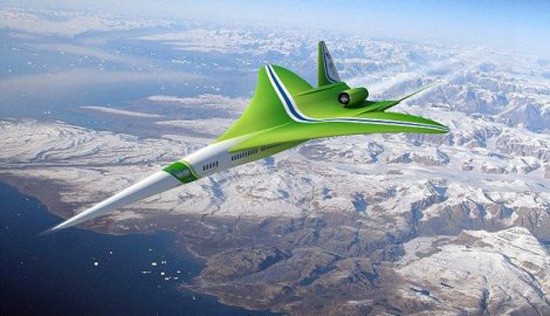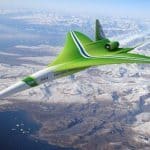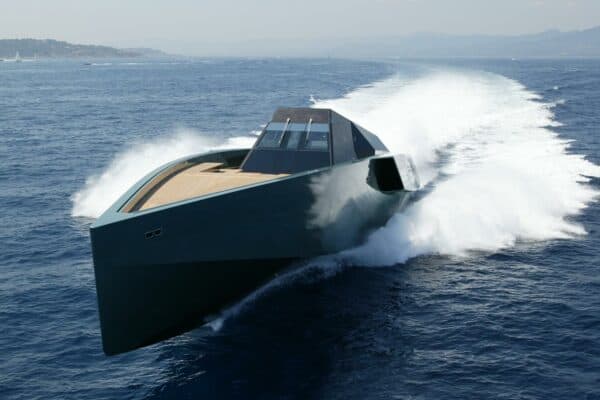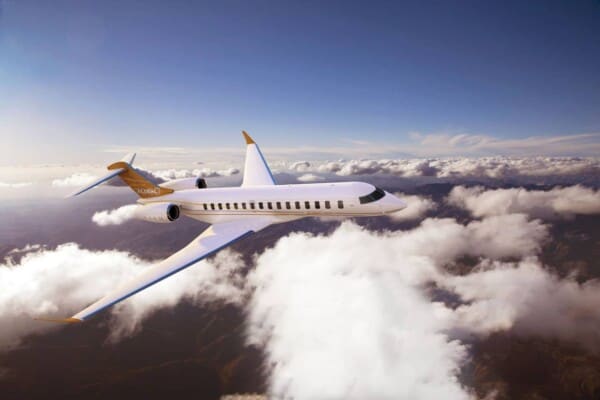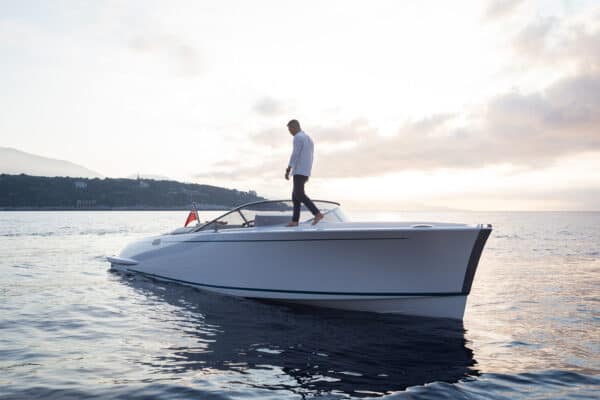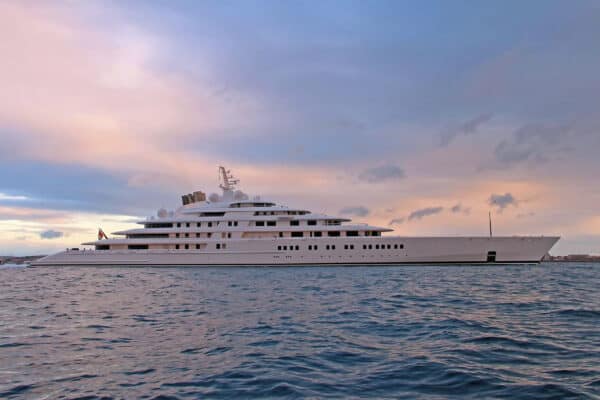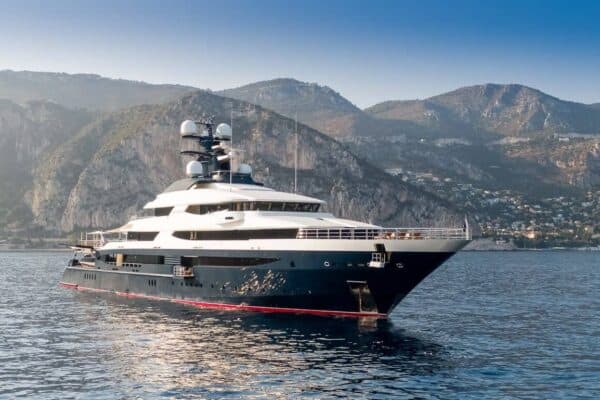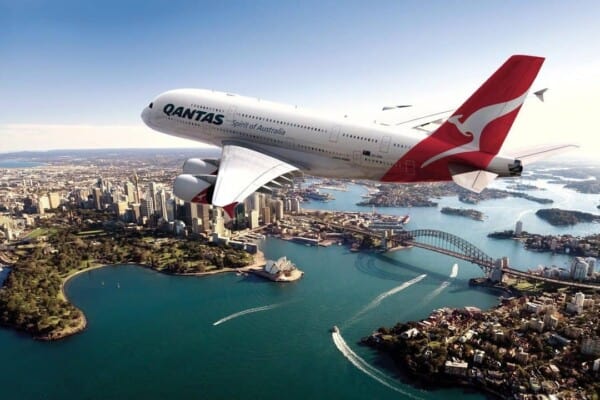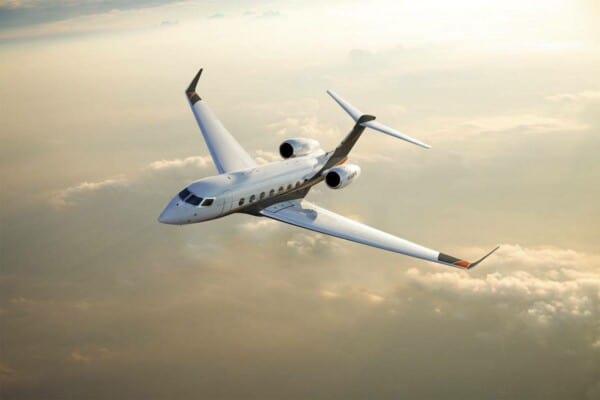Ever since the Concorde has been decommissioned, we haven’t had any form of commercial supersonic flight. The interest for such aircraft would no doubt be significant, especially with wealthy travelers, since we’re talking about cutting flight time in half – which is quite desirable when you’re going all the way on the other side of the world. However there are plenty of companies working on it (we’ve written about the collaboration between Airbus and Aerion in this field a couple of months ago), including aerospace giant Lockheed Martin, who has just revealed its N+2 project.
The main problem with supersonic flight isn’t strictly technical, at least not when it comes to propulsion. However, when an aircraft breaks the sound barrier, something called a “sonic boom” occurs, which is as loud as a thunder clap and which follows the plane as long as it is travelling at supersonic speeds. That’s why, in most countries (including the U.S.), supersonic flight is illegal. But there is some news: Lockheed Martin has been collaborating with other tech industry powerhouses and NASA, and is confident that through improvements in aircraft design this problem can be overcome and by 2022 we could see the release of a host of (relatively) quiet, extremely fast commercial airlines.
You can check out the first renderings of Lockheed Martin’s N+2 supersonic aircraft project in the gallery below.

